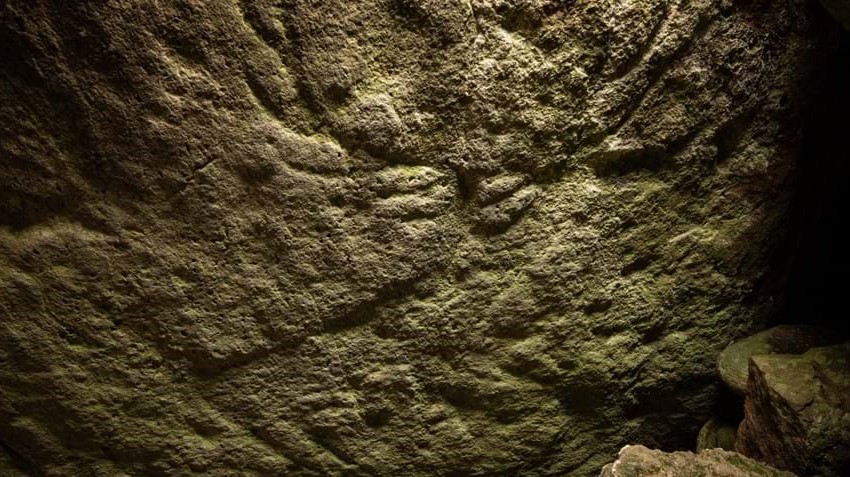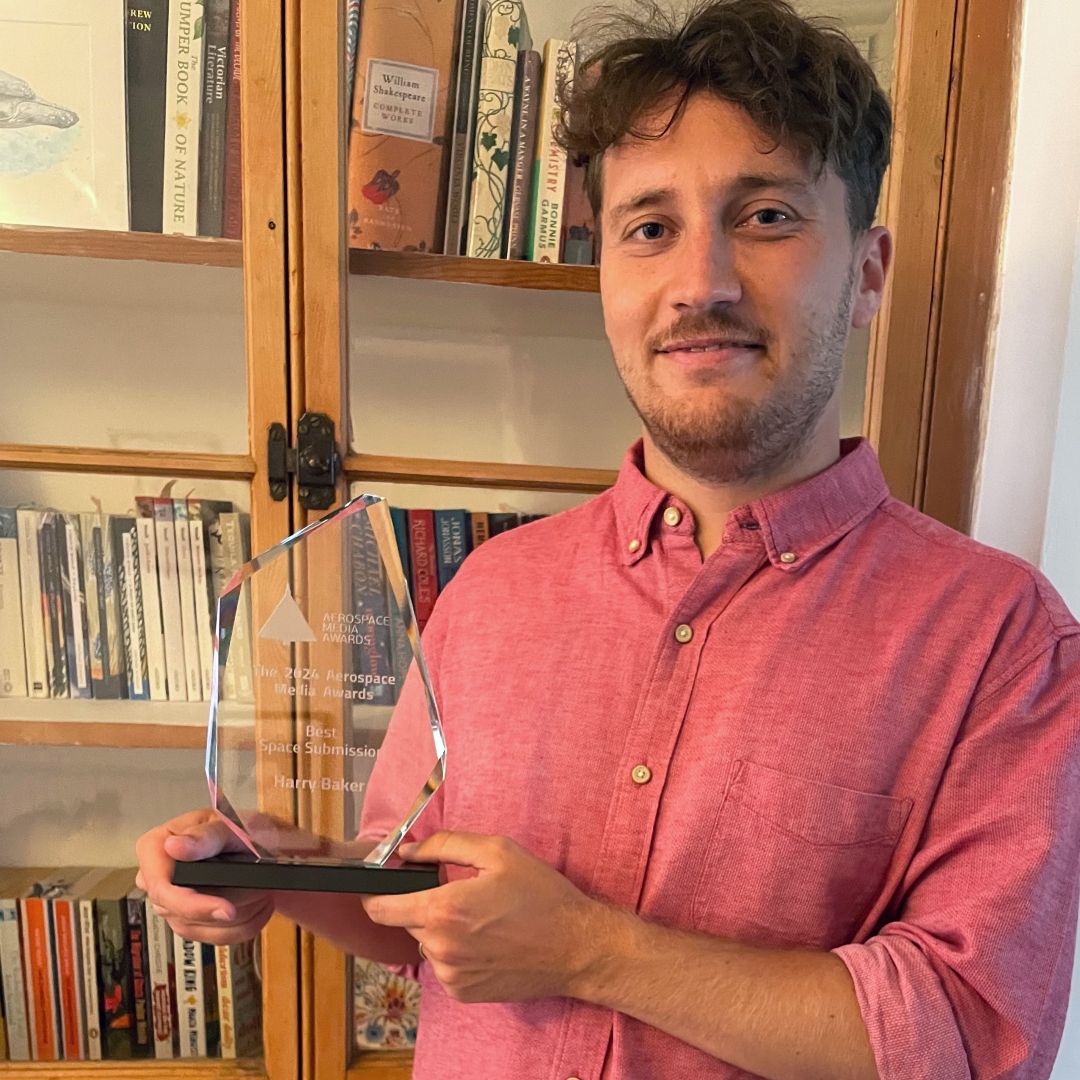Amateur archaeologist uncovers earliest known animal carvings in Scotland
The carvings of red deer are between 4,000 and 5,000 years old.

An amateur archaeologist has uncovered the earliest example of animal carvings in Scotland. The carvings were hiding in plain sight in a Bronze Age burial site.
Two red deer (Cervus elaphus) sporting fully grown antlers — as well as three smaller quadrupeds (four-footed animals), two of which are also likely to be deer — decorate the underside of an 11.5-foot (3.5 meters) capstone covering a burial chamber inside the Dunchraigaig Cairn monument, according to Historic Environment Scotland (HES). Ancient people built this cairn — a stack of stones used as a monument to the tombs beneath — in Kilmartin Glen, an area with a high concentration of Neolithic and Bronze Age remains, according to HES.
The carvings, which were etched between 4,000 and 5,000 years ago, are also the earliest examples of deer carvings discovered anywhere in the U.K., according to HES.
Related: The 10 biggest archaeology discoveries of 2020
"It was previously thought that prehistoric animal carvings of this date didn't exist in Scotland," Tertia Barnett, principal investigator for Scotland's Rock Art Project at HES, said in a statement. "So it is very exciting that they have now been discovered here for the first time in the historic Kilmartin Glen."
An unexpected find
Archaeologists first discovered the 98-foot (30 m) burial chamber in the 1860s and found the cremated remains of around 10 people, as well as artifacts, including a sharpening stone, ax and flint knife, according to HES. But during this excavation, the archaeologists missed the animal carvings on the underside of the capstone covering the underground tomb.
Hamish Fenton, who does aerial archaeology surveys using a kite, recently discovered the carvings while visiting the area.
Get the world’s most fascinating discoveries delivered straight to your inbox.
"I was passing Dunchraigaig Cairn at dusk when I noticed the burial chamber in the side of the cairn and decided to slide inside with my torch," Fenton, who received an archaeology undergraduate degree from Bournemouth University in England, said in the statement. "As I shone the torch around, I noticed a pattern on the underside of the roof slab which didn't appear to be natural markings in the rock."
The carvings are fairly faint, which is likely why archaeologists initially missed the animal imprints during the tomb's excavation, but Fenton was able to make them out.
"As I shone the light around further, I could see that I was looking at a deer stag upside down," Fenton said in the statement. "As I continued looking around, more animals appeared on the rock."
Archaeologists have now created 3D models of the rock slab that reveal the intricate details of these carvings, according to HES.
"While there are a few prehistoric carvings of deer in the U.K., the only other ones created in the early Bronze Age are very schematic," Barnett said in the statement. "It is remarkable that these carvings in Dunchraigaig Cairn show such great anatomical detail and there is no doubt about which animal species they represent."
There are more than 3,000 prehistoric rock carvings in Scotland, a vast majority of which are cup and ring markings — abstract motifs created by striking the rock surface with a stone tool. These marks normally consist of a central circle, or cup, surrounded by concentric rings. Kilmartin Glen is home to a number of these cup and ring markings, which date to around the same time as the new carvings.
"Until now, we did not know of any area in Britain with both types of carvings," Barnett said in the statement, "which poses questions about the relationship between them and their significance to the people that created them."
Originally published on Live Science.

Harry is a U.K.-based senior staff writer at Live Science. He studied marine biology at the University of Exeter before training to become a journalist. He covers a wide range of topics including space exploration, planetary science, space weather, climate change, animal behavior and paleontology. His recent work on the solar maximum won "best space submission" at the 2024 Aerospace Media Awards and was shortlisted in the "top scoop" category at the NCTJ Awards for Excellence in 2023. He also writes Live Science's weekly Earth from space series.


